Facade renovation is a must for buildings with old and damaged facades. While people often resort to using vinyl siding or traditional repair and painting methods, a newer option has become available, Fiber Cement Siding, also known as Hardie Panels. This unique choice does present some challenges, mainly because it requires specialized materials and skilled subcontractors for installation. However, our experience has proven that the results are truly worth the effort, making it an appealing alternative to traditional facade renovations. In this article, we will talk about this interesting material. Let’s get started!
Traditional Siding Materials Used in Philadelphia
Philadelphia, like many other regions, has used a variety of traditional siding materials over the years. Many older homes in Philadelphia feature brick exteriors. Brick is durable and provides a classic, timeless look. Similar to brick, stone siding is another durable and long-lasting option. It can be found in various styles, including fieldstone, limestone, and granite. Stucco and wood sidings are also commonly seen on buildings in Philadelphia.
While not as traditional as some other materials, vinyl siding has become more popular in recent decades. Vinyl siding is now the most popular siding material in Philadelphia. It is low-maintenance and comes in various styles and colors. Like vinyl, aluminum siding gained popularity in the mid-20th century. It is lightweight, durable, and requires minimal maintenance.
The siding material we want to discuss today is Fiber Cement Siding, one of the latest materials that homeowners have grown to appreciate. Let’s read on to find out more about this material.
What is Fiber Cement Siding (Hardie Panel)?
Let’s start by explaining a little bit about this product. Fiber Cement Siding is crafted from a mixture of Portland cement, ground sand, cellulose fiber, and other additives. These panels can take on various textures, resembling stucco, wood clapboard, or cedar shingles.
This siding is robust and durable, and the best part is, you can easily paint it to match your aesthetic preferences. While it may be a bit pricier, it offers excellent resale value. Additionally, it is highly fire-resistant. The original creator of fiber-cement siding is James Hardie Industries, a Canadian company. They offer a range of fiber cement siding panels, including:
- Panel Vertical Siding
- Shingle Siding
- Trim Boards
- Soffit Panels
- Plank Lap Siding
Each of these options serves a different purpose, making them versatile choices for various facade renovation projects.
Pros and Cons of Fiber Cement Siding
Let’s review the pros and cons of this material to help you make an informed decision when selecting a siding material for your facade renovation.
Pros
- Low Maintenance: This material is known for being low maintenance. This means that once it is installed, you can enjoy its benefits without worrying about constant upkeep. Unlike wood siding, which can rot or require regular painting, fiber cement siding stands up well to the elements with minimal care.
- Durable: Another significant advantage is its durability. Fiber cement siding is built to withstand harsh weather conditions, including heavy rain, strong winds, and extreme temperatures. Its longevity can provide peace of mind to homeowners looking for a siding material that will last for years.
- Fire Resistant: This siding material is non-combustible, which means it helps protect your home from fire hazards. This can be particularly valuable in areas prone to wildfires.
- Customizable: Fiber Cement Siding comes in a variety of styles, textures, shapes, and sizes, allowing you to achieve the exact aesthetic you desire for your home. Whether you want a classic, timeless look or a more rustic and natural feel, fiber cement siding can likely accommodate your preferences.
- Insect and animal resistant: Unlike wood, which can attract termites, carpenter ants, beetles, and woodpeckers, fiber cement is inedible to these pests. This is a practical choice for homeowners who want to avoid the hassles and expenses of dealing with pest infestations.
Cons
- Expensive: One notable disadvantage is its cost; it is generally more expensive than other siding materials like vinyl. The initial investment may be higher, but many homeowners see this as a worthwhile expense. According to a 2023 report by Today’s Homeowner, renovating your building’s facade with Fiber Cement Siding has 94% Return on Investment (ROI).
- Professional Installation: Professional installation is also required for Fiber Cement Siding. It is a specialized job that necessitates experience and expertise, adding to the overall cost. DIY installation is not recommended due to the precision required to ensure a proper fit and lasting performance.
- While it provides protection against the elements, it may not offer the same level of insulation as insulated vinyl or foam-backed siding, which means homeowners may need to consider additional insulation methods to ensure energy efficiency.
Design Options
Architects and designers should prioritize the versatility of Fiber Cement Siding in facade design. Despite the initial perception of limited flexibility, this material proves to be remarkably adaptable. It can be used to achieve a variety of design styles, ranging from traditional to modern. Additionally, it is available in a wide range of textures and colors and can be installed in various ways, including horizontally, vertically, or even mixed with other siding materials.
This material can help you achieve a modern look by using panels with clean lines and geometric patterns. Alternatively, you can create a traditional look by using panels that resemble the appearance of wood siding. This type of siding is available in various wood grain textures and can be painted or stained to match your desired look.
Storage and Handling
Storing and taking care of fiber cement siding is important. If not done correctly from the beginning, the whole facade installation might not work. The correct way is to keep the siding flat, dry, and covered before installation. Putting the siding up when it is wet or soaked might cause it to shrink at the joints.
Additionally, when you move the panels, carry them on their side. Make sure you do not break the edges and corners. Always have two people carry the product and try to hold the panels along the longer sides. If you must carry them along the shorter sides, keep the edge that fits underneath (called the shiplap) facing downward. (tongue/long edge).
Figure 1
Cutting Instructions
Cutting pieces is an inseparable part of Hardie Panel siding installation. We suggest setting up your cutting area outdoors in a way that the wind blows the dust away from you and anyone else nearby.
You have a few options for cutting the pieces. A good choice is to use a circular saw with a HardieBlade saw blade. A better option is to use a circular saw with a dust collection feature. However, the best way is to use a circular saw and vacuum system to collect dust. You can also use shears (manual, pneumatic, or electric) for thinner products, but not for those thicker than 7/16 inches.
Figure 2
Figure 3: Pneumatic Fiber Cement Shears
If you want to cut the fiber cement siding pieces inside, do not use a power saw for grinding or cutting. Instead, use shears (manual, pneumatic, or electric) or the score and snap method for cutting. Remember, this is not recommended for products thicker than 7/16 inches when working indoors.
Cleaning and Maintenance
Many people think that once installation is complete, the job is finished. However, the truth is that every siding, including Hardie Panels, requires regular maintenance.
To keep your James Hardie siding and trim products looking good and functioning properly, it is essential to perform the following tasks regularly:
- Clean the exterior surfaces every 6 to 12 months using a garden hose or gentle water spray to remove dirt and debris.
- Monitor the condition of exterior walls and connections, including joints, openings, flashing, and caulking, to prevent moisture from penetrating behind the siding.
- Regularly clean your gutters, clear any clogged downspouts, and address overflows as needed.
- Trim back any plants or bushes to prevent them from touching the siding.
- Ensure that the required external ground clearances and drainage slopes are maintained.
Conclusion
When it comes to facade renovation, choosing the right material is a must. It is important to embrace new opportunities and technology instead of relying solely on traditional methods.
In a city like Philadelphia, opting for Fiber Cement Siding (Hardie Panels) instead of vinyl siding might feel like stepping out of your comfort zone. However, we outlined why it is not as complicated as it may seem, with the benefits being significant. If you have any questions or would like us to discuss other building materials, please let us know in the comments below.
Matrix Company Solutions Corp. is here to help you with a facade or whole house renovation in the Philadelphia or South Jersey areas. Don’t hesitate to contact us for a FREE Consultation and Estimate.


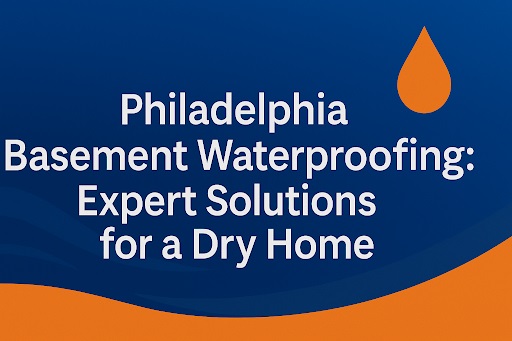
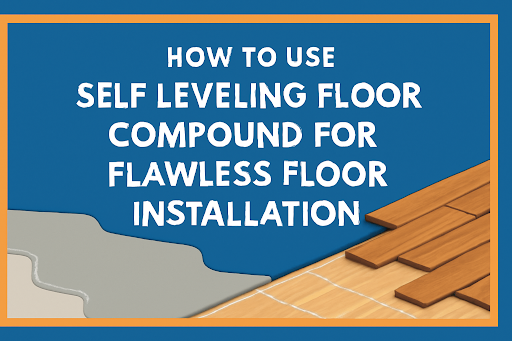
![Top 20 Reasons for Failing a Plumbing Inspection in Philadelphia [2025 Guide]](https://matrixgc.com/wp-content/uploads/2025/05/Common-issues-causing-failing-a-plumbing-inspection-in-Philadelphia.png)
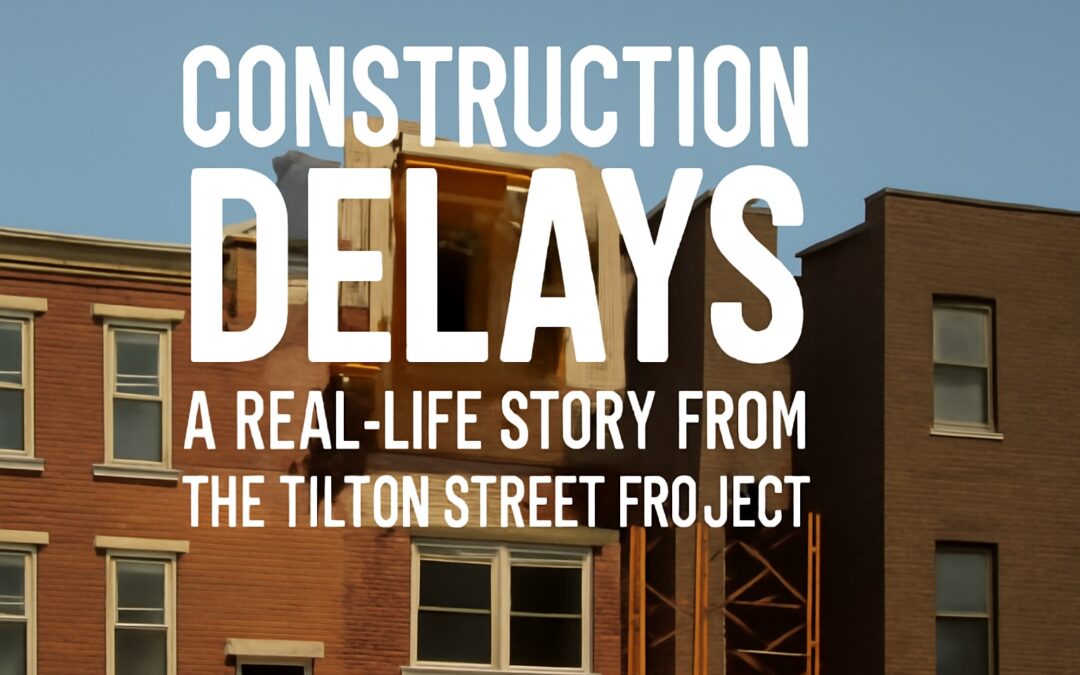
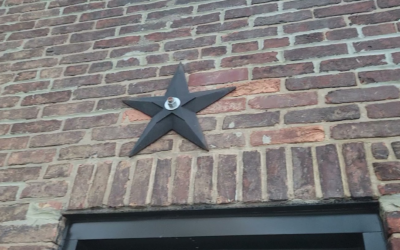
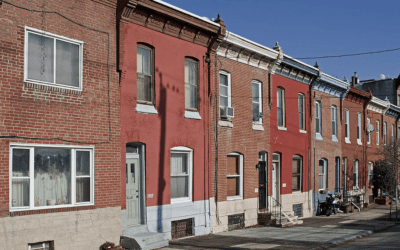
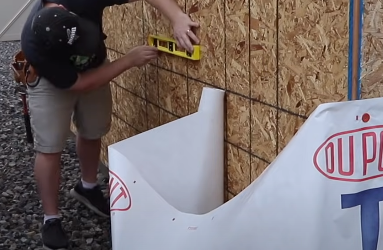
0 Comments